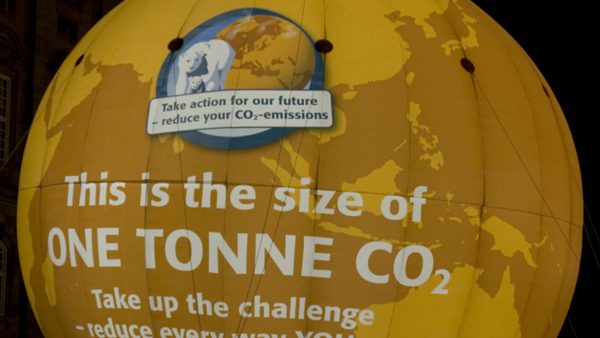
An aircraft fuselage is wet from accumulated and trapped moisture due to fuselage condensation – causing excess weight – resulting in higher fuel consumption and extra emissions of greenhouse gases (read: more than required).
Standard-fitted solutions rely on passive means only; designed to lead condensate water to the belly and then to drain on ground. Passive means are not efficient enough to curb moisture issues in today’s operational environment with more seats and higher load-factors – shorter turnarounds and longer flights.
The CTT Anti-Condensation system is the only measure that tackles the root-cause of fuselage condensation; resulting in less fuel burn, reduced CO₂ emissions and lowered electrical failures. Several airlines have in dedicated trials already after 2 – 3 months of moisture protected operations recorded a weight loss of 200 – 300 kg in narrow-bodies.
Another airline proven benefit is a documented 40% reduction of unscheduled electrical component changes per 1,000 flight hours. Non-condensing airplanes are always lighter with less moisture issues such as replace or repair of blankets and electrical systems. The CTT Anti-Condensation system is a green technology that makes flying a little more sustainable!
Read more about how to save weight, reduce fuel burn and CO2 emissions in enclosed WP and on CTT webpage.
Help keep news FREE for our readers
Supporting your local community newspaper/online news outlet is crucial now more than ever. If you believe in independent journalism, then consider making a valuable contribution by making a one-time or monthly donation. We operate in rural areas where providing unbiased news can be challenging. Read More About Supporting The West Wales Chronicle























